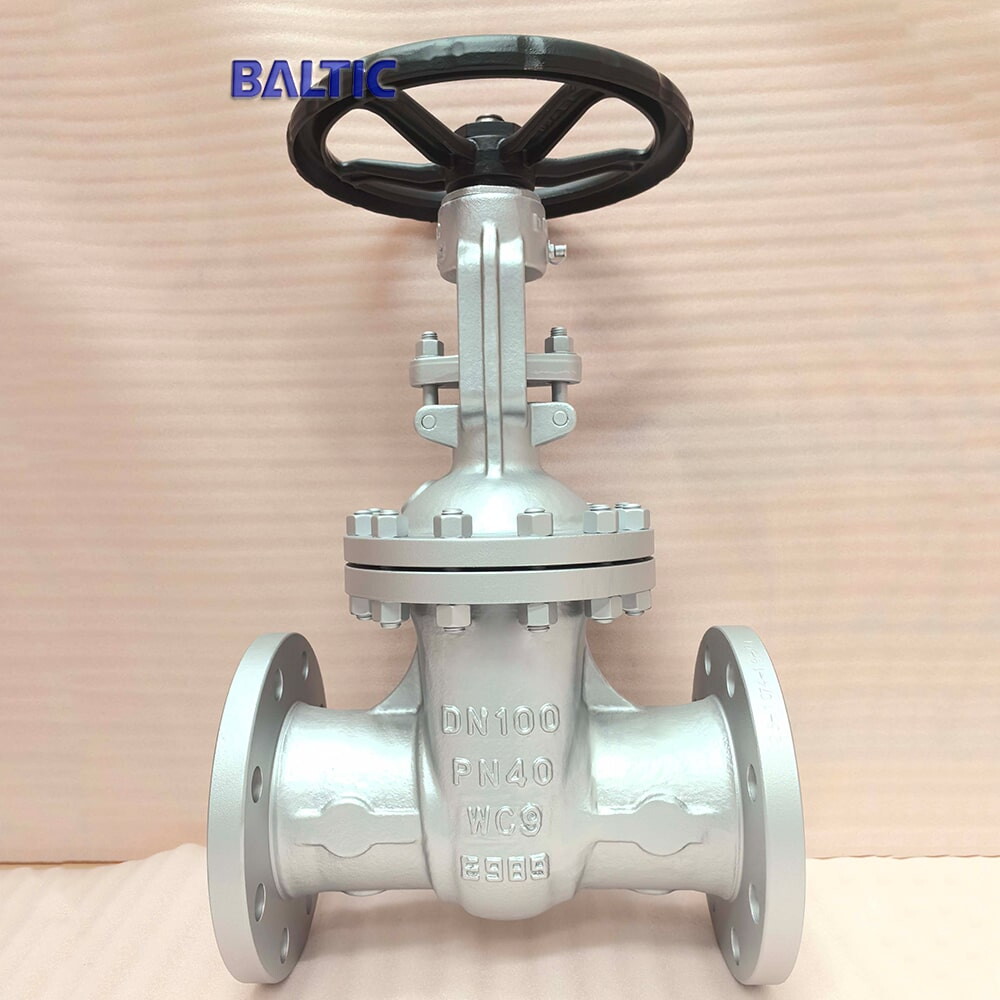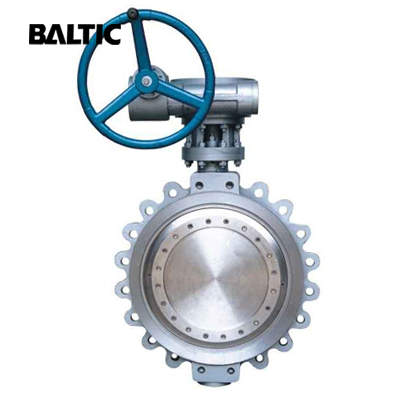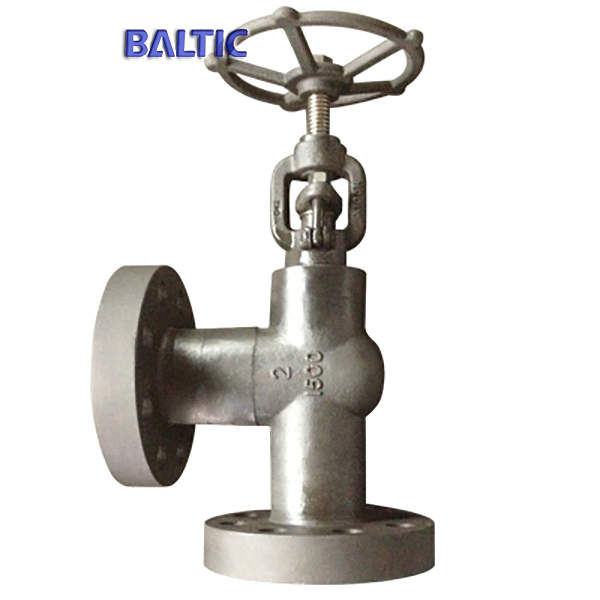The Selection of Check Valves
Swing Check Valves
1. When install swing check valves, they should be installed horizontally as far as possible and when they are used for vertical pipes, the media flowing from the bottom to the top should be ensured.
2. Subject to the structure, swing check valves are not suitable for pipelines with DN40 and below DN40.
3. For large diameter pipes, for example, above DN400, tilting disc check valves should be used.
4. When it is the pulsed medium condition, instable pressure and flow medium condition or when the diameter of the valves is equal to or greater than DN200, tilting disc check valves should be selected.
Wafer Check Valves3. For large diameter pipes, for example, above DN400, tilting disc check valves should be used.
4. When it is the pulsed medium condition, instable pressure and flow medium condition or when the diameter of the valves is equal to or greater than DN200, tilting disc check valves should be selected.
1. Compared with swing check valves, wafer check valves have large flow resistance and are not suitable for compressor outlets, pulsed medium conditions as well as high pressure pumps such as pumps with high pressure of Class900 and above Class900. Due to this characteristic and the target structure, wafer check valves are also not recommended for the high pressure oxygen conditions.
2. Wafer check valves should not be used for occasions with large diameters, for example, above DN600 and occasions with high pressure, for example, above Class900 because of the wafer connection structure.
3. Due to the spring-assisted resetting structure of wafer check valves, it is necessary to set stiffness of the spring and specify fracture pressure for the working conditions with low medium pressure.
4. Wafer check valves should not be used for conditions where erosion may happen.
5. When install wafer check valves, they should be installed horizontally as far as possible and when they are used for vertical pipes, the media flowing from the bottom to the top should be ensured.
Lift Check Valves
1. Affected by the working principle, lift check valves can only be installed in the horizontal pipelines.
2. Compared with swing check valves, lift check valves have larger flow resistance, and are not suitable for large diameter occasions, for example, above DN50.
3. The runners of lift check valves are flanged, which means lift check valves are not recommended for pressure pulsation media conditions and high pressure oxygen medium conditions.
4. When there are spring-assisted resetting structures of lift check valves, lift check valves should not be used for low pressure medium conditions. If necessary, set stiffness of the spring and specify fracture pressure for the working conditions.
5. The runners of lift check valves are complex and easy to be eroded, making lift check valves not suitable for conditions containing solid particles.



